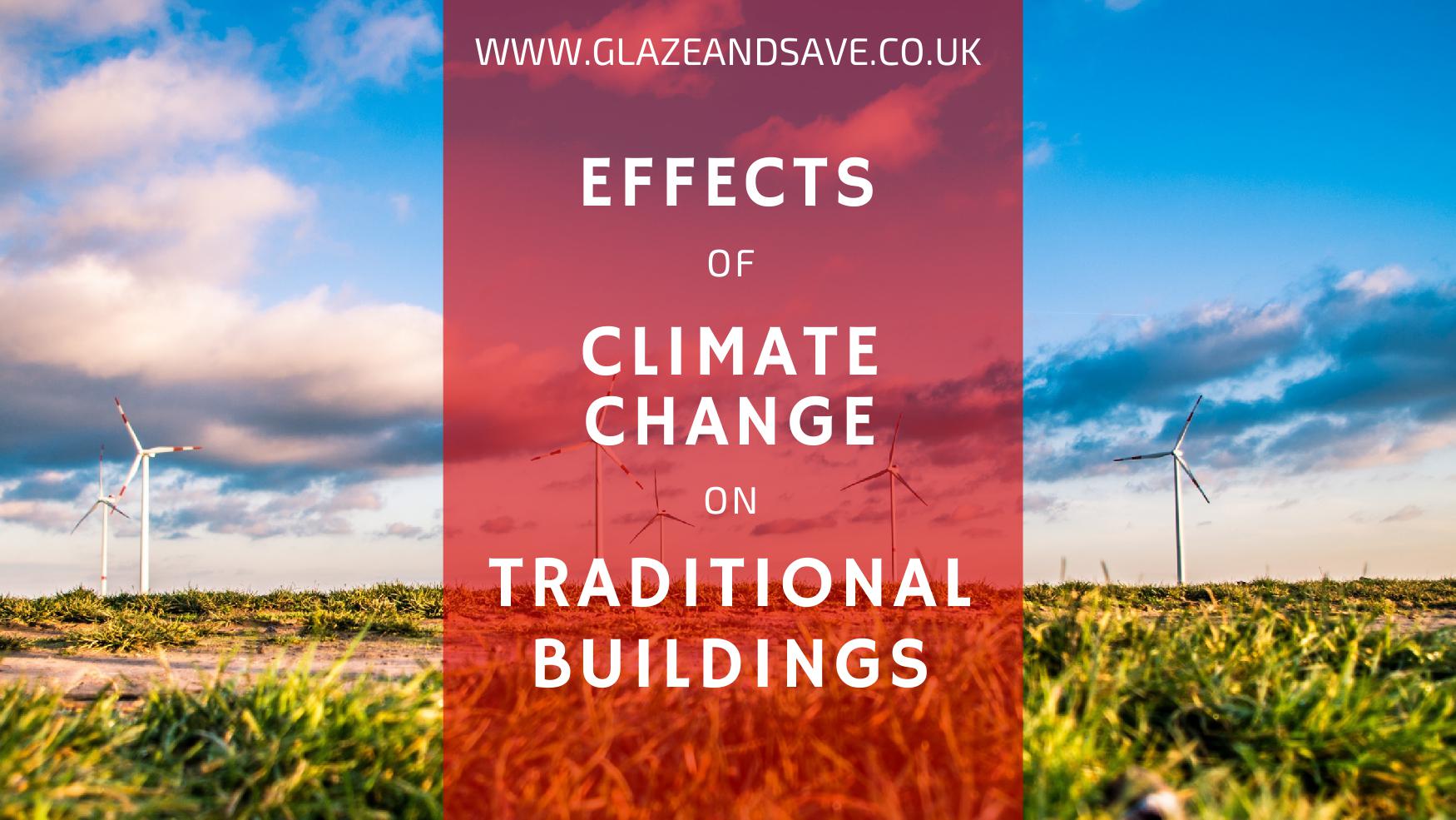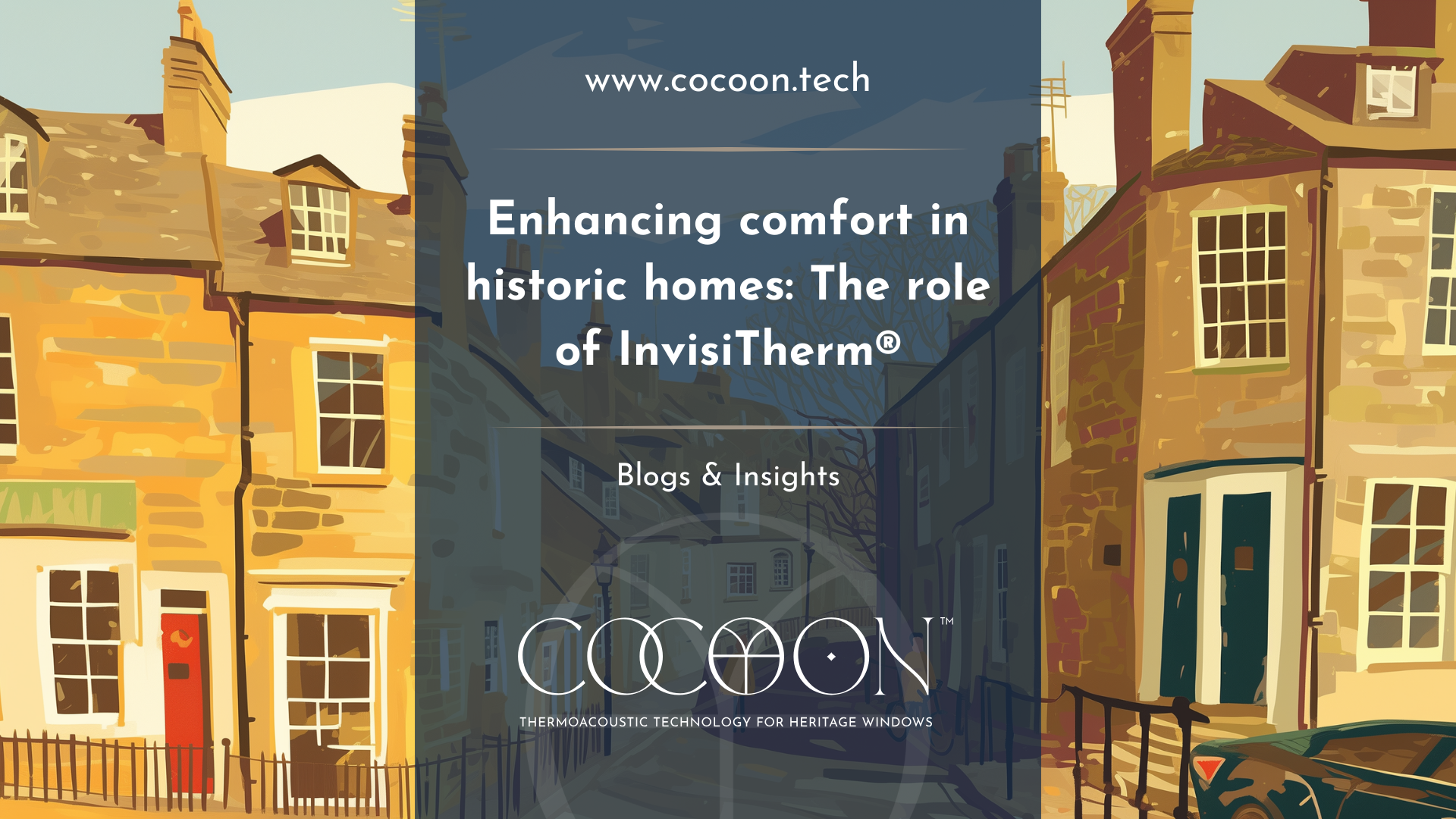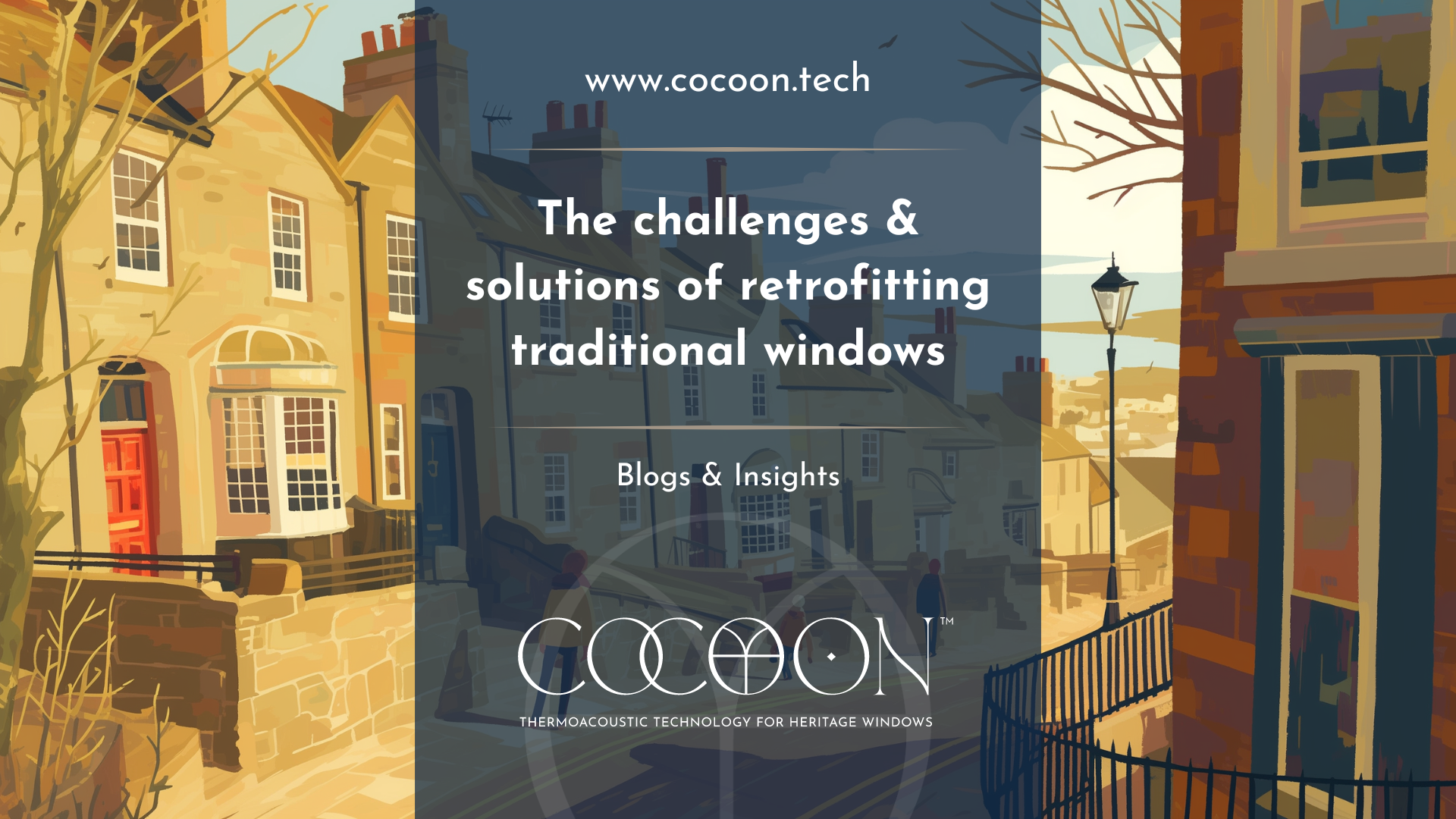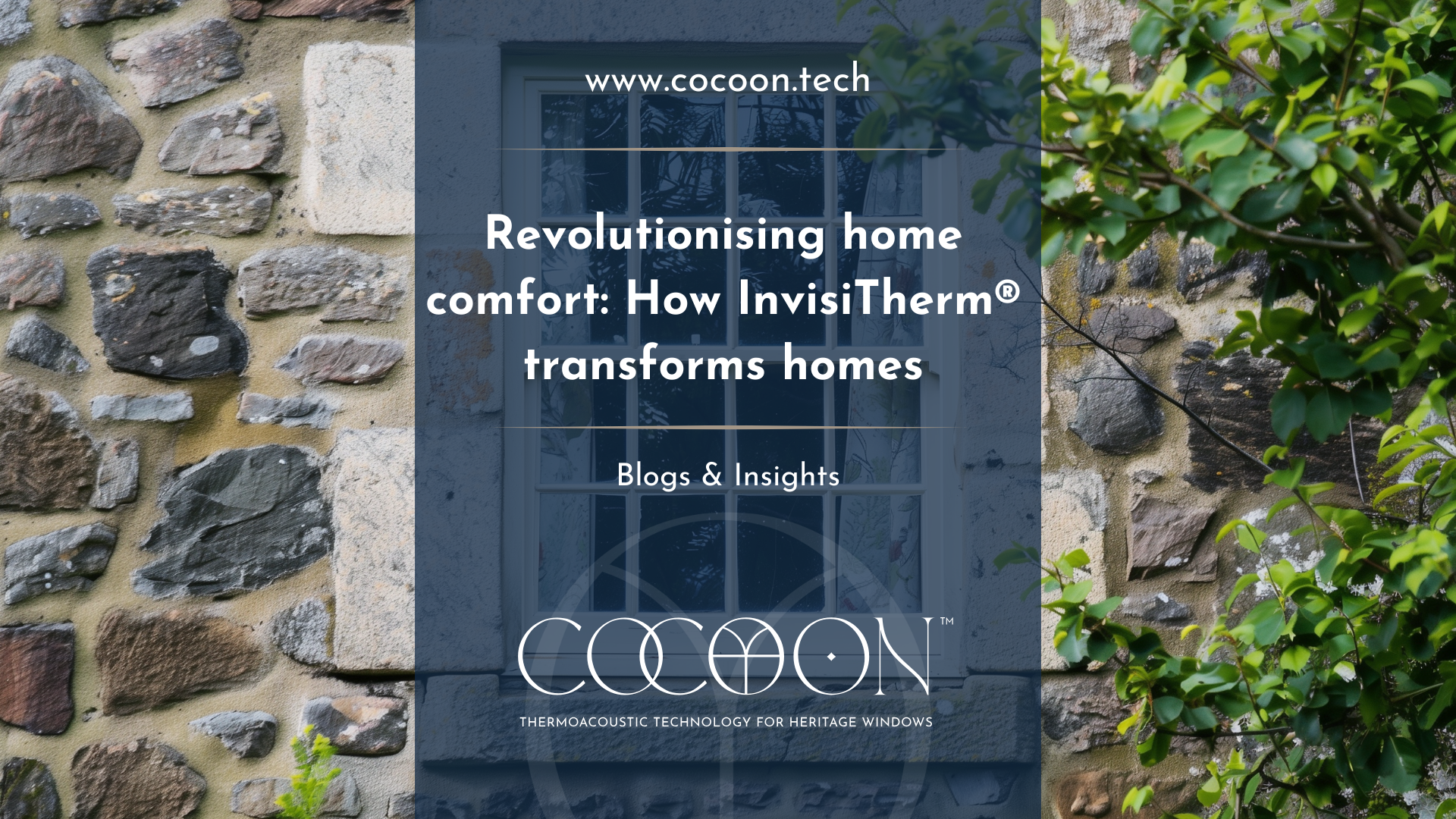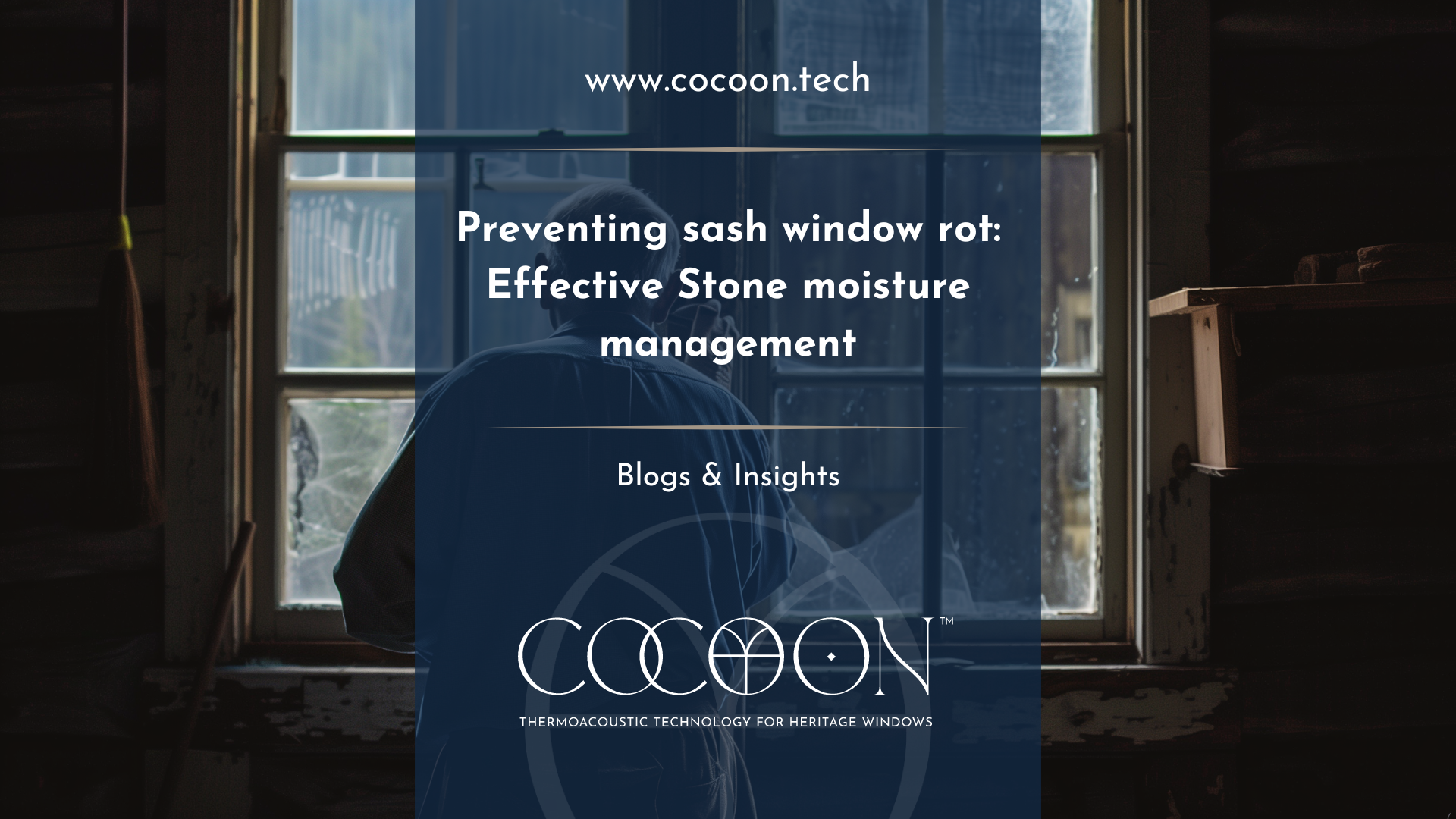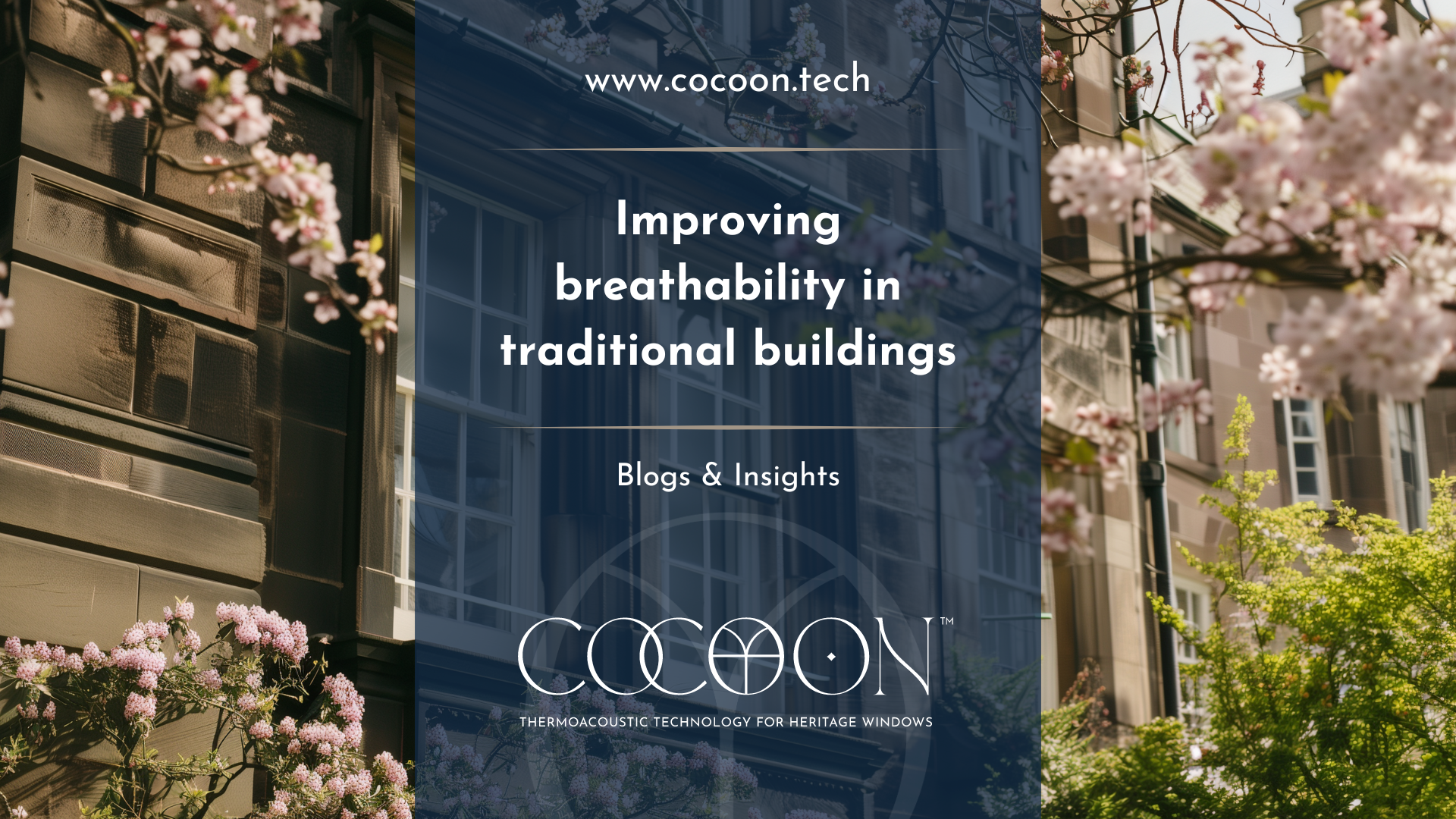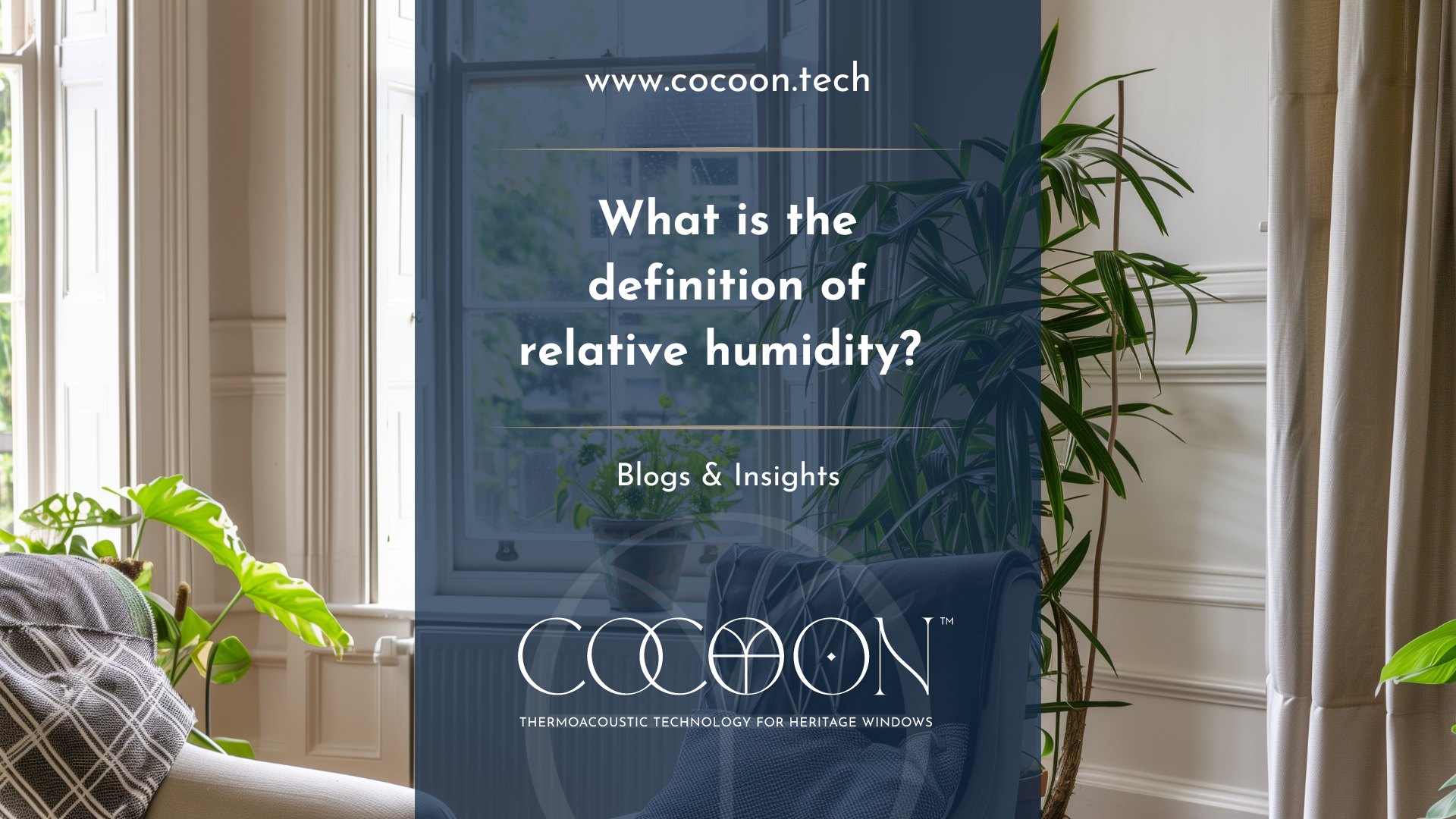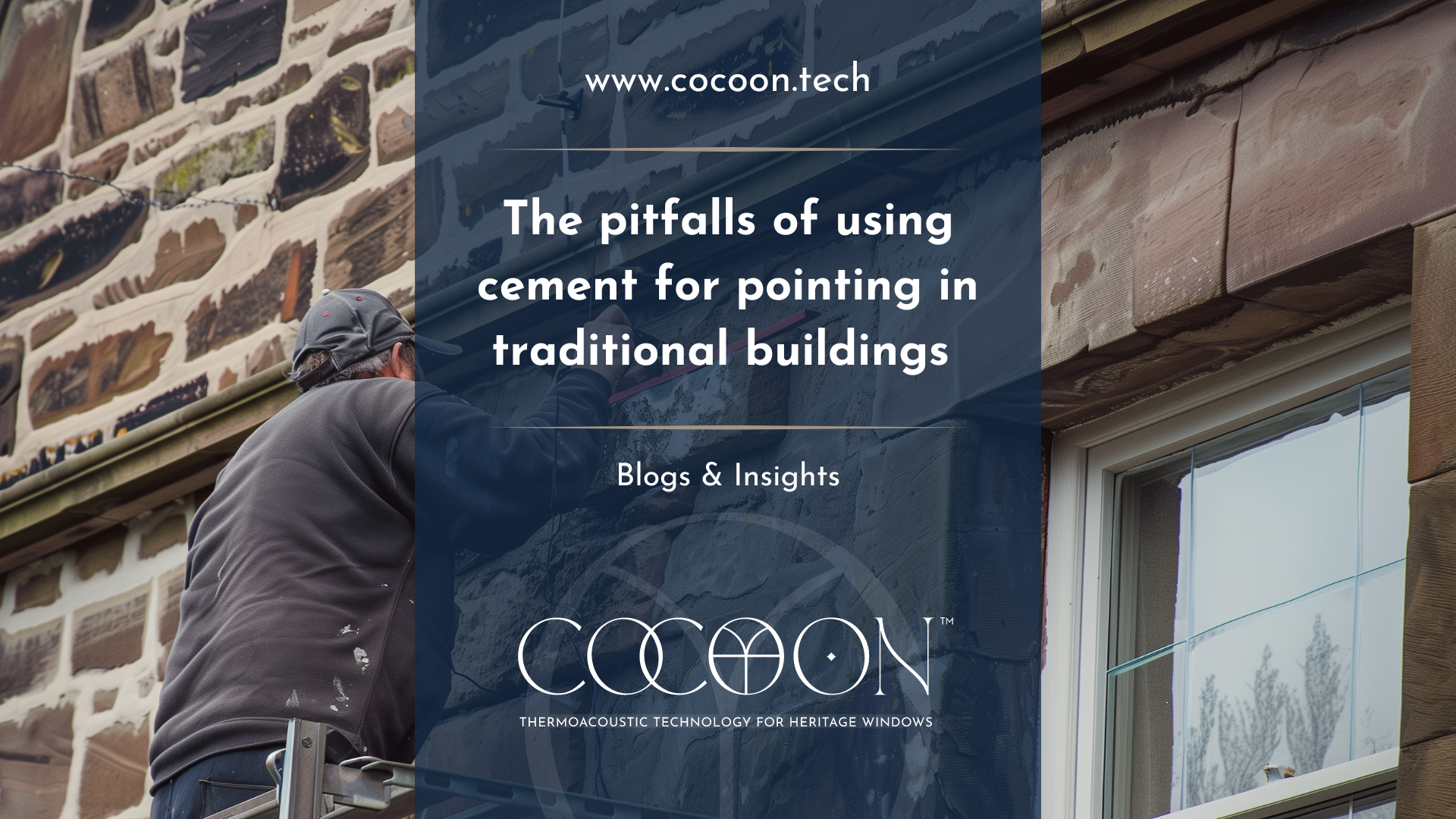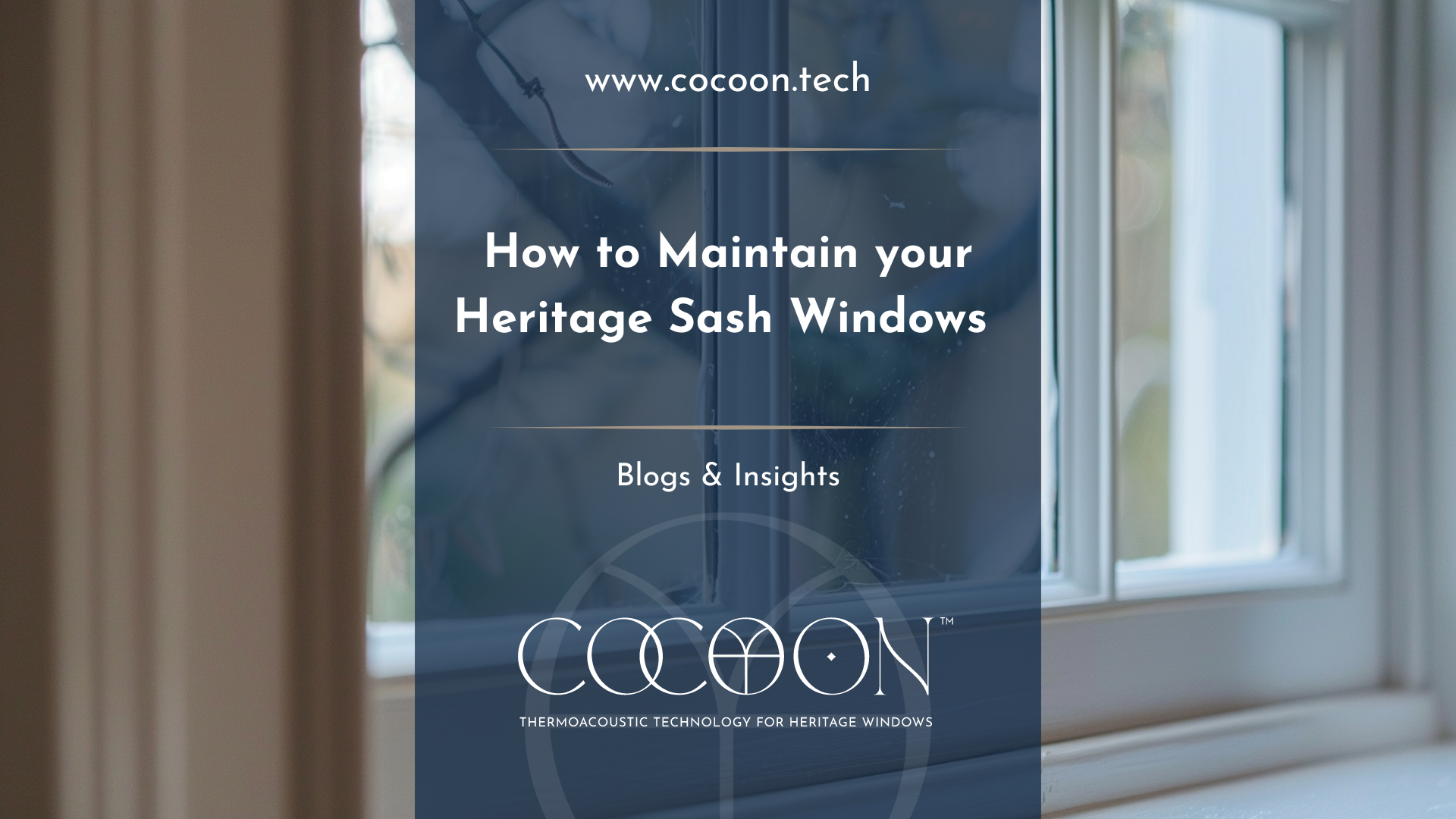Effects of Climate Change on Traditional Buildings | Glaze & Save
Scotland has always experienced extreme weather, and many
historic buildings were built to withstand it. However, as the effects of
climate change are beginning to be felt more prevalently in Scotland, many
issues are arising that put this built heritage at risk. In a recent report
from Historic Environment Scotland it was found that many of the 360 buildings
owned by HES at risk from the effects of climate change, including landmark
Scottish castles and chapels amongst 28 sites listed as at “very high risk”
from flooding, coastal erosion and slope instability, with a further 160 sites
at “high risk.
HES undertook the study as the first step in an ongoing and wide reaching exercise to “understand, monitor and manage environmental risk to our Estate. This study is part of ongoing work to develop best practice and integrate climate change actions into our operations, in line with the Public Bodies Duties under the Climate Change (Scotland) Act 2009 and Climate Ready Scotland: Scottish Climate Change Adaptation Programme."
As climate change continues to make Scotland a wetter place, rainfall has a critical impact on the rate of decay of sandstone in traditional buildings. Greater levels of rainfall lead to saturate the stone, since there are fewer dry periods where the stonework could be dried out, but may also, according to the University of Glasgow “accelerate the decay process by affecting the growth and loss of biological and pollutant crusts on building stonework. This leads to sandstone discolouration, spalling (i.e., flaking), and exposure of the underlying face, with further weakening to the structural integrity.”
It is an issue that has gained increasing prominence over the last several years, with previous warnings that increased rain fall of 20% over the last 50 years has damaged the fabric of historic buildings. A 2016 survey found that nearly three quarters of buildings in Edinburgh’s Old Town thoroughfares were in need of repair alone.
A HES Short Guide on Climate Change Adaptation for Traditional Buildingsgives an even more detailed look at the potential effects of climate change on traditional buildings from warmer winters causing increased moss growth and insect infestations, to high winds causing collapse of unstable masonry, to rising ground water levels causing dampness and mould growth. As noted in the guide, “traditional buildings, in general those of solid wall construction built before 1919, are generally resilient, but can be vulnerable to greater stress if they have been altered or neglected. Where older structures have not been well maintained, extremes of wind and rain will accelerate the decay of worn or weakened elements resulting in gradual or sometimes catastrophic failure. Continued neglect can lead to structural movement and eventual failure; this is seen occasionally in the collapse of chimney stacks or the failure of large sections of masonry such as gable ends”.
So what can the owners and managers of traditional buildings do to ensure the continued longevity of their properties? One of the most important things traditional building owners can do is to invest in breathable construction materials in order to allow for the continued permeability of water through the building structure. As stated in the guide “The principles of breathable construction, using natural materials such as stone, lime and timber, have proved to be enduring and effective in traditional construction, provided the building is maintained. The ability of traditional buildings to allow water vapour transfer through the building envelope helps ensure the structure remains in a dry and stable condition and the internal environment is healthy for both the fabric and occupants…The use of incompatible materials such as cement renders and impervious paints, used externally or internally, can disrupt the necessary movement of moisture and further impede the drying process.”
The investment in breathable contrstruction materials can be complemented by ensuring that all avenues of passive ventilation are utilized. “Where possible, consideration should be given to the re-instatement of passive measures in traditional buildings. This includes ensuring that ventilation grilles are not blocked, chimney flues are kept open and chimney balloons removed or deflated during the summer months. In many cases passive ventilation features were common in domestic buildings such as tenement stairwells, where modest ventilation through small vents in the apex of the lightwell kept condensation down and ensured a degree of fresh air to otherwise unventilated areas”.
However, where passive ventilation is not adequate or possible, investment should be made in mechanical ventilation.
Ensuring that properties are adequately draught proofed can also help defend again driving rain and condensation issues. Although often carried out for energy efficiency purposes, the benefit of draught proofing in keeping water out of traditional buildings cannot be understated.
It is also important to keep original windows in good condition, and ensure that draughty, thermally inefficient and damp windows are attended to, and possibly enhanced with secondary glazing. By taking proactive steps to reduce the effects of climate change, we can retain our traditional buildings and built heritage for years to come.

